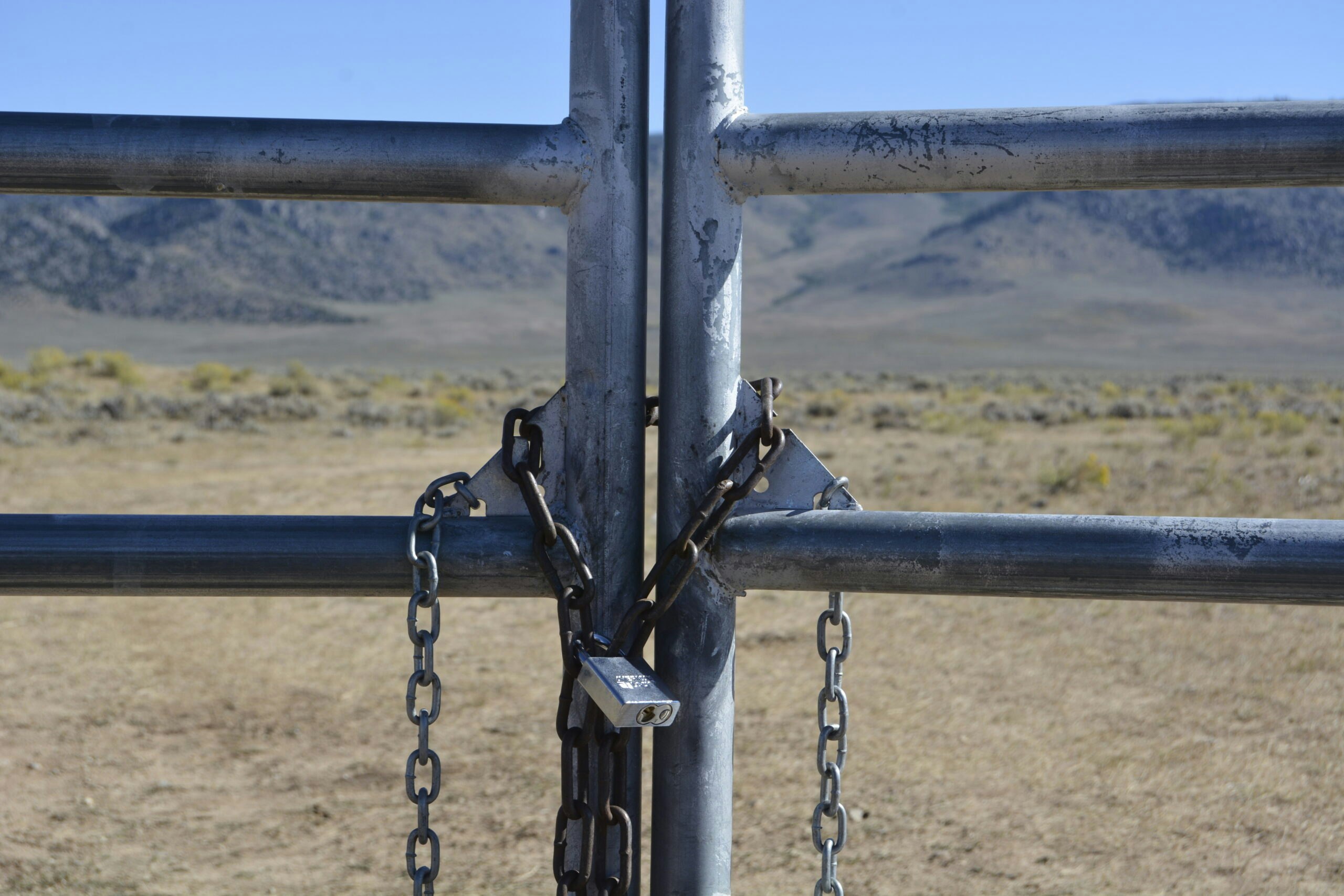By Cat Urbigkit, Range Writing columnist for Cowboy State Daily
I’m a news hound, and when I come across a topic that interests me, I try to read about that topic from a variety of news sources in attempt to see a range of perspectives. I read news from major media in the United States, Europe, Russia, and Turkey on a regular basis. Every few days I hear or read statements that give me pause. I am routinely perplexed at reporters allowing these statements to go unchallenged – not even questioning the veracity of the claims being made.
For example, last week as Dana Thomas, author of the new book “Fashionopolis: The Price of Fast Fashion and the Future of Clothes,” was making the rounds talking up her new book, some of her statements were grating, such as her insistence that vegan “leather” may help to replace “industrial farming which is horribly polluting on so many levels” and how this is great because then people won’t be killing animals to make clothing.
Of course, leather is a byproduct of meat production; sheep and cattle aren’t killed for the purpose of making leather. But what really struck me was a statement I heard Thomas repeat as she made her media rounds: “the average garment is worn seven times before it’s thrown away.”
What? Seven times? Who does that? A quick internet search revealed news outlets around the globe repeating the claim during the last four years. Australian women, British women, American women – apparently we all discard our clothes after wearing them only seven times. It took about 15 minutes to track down where this claim originated: from Barnardo’s Retail, which encourages women to donate clothing, which is then sold at its 590 stores across the United Kingdom. How did they come up with the wearing-seven-times-before-tossing number? According to a press release, Barnardo’s conducted a 2015 survey of 1,500 British women, hardly providing for the worldwide consumer insight being touted.
Other alarming statements making the news come from the Theodore Roosevelt Conservation Partnership and onX (a GPS tech firm) claims that “The American people are currently locked out of 9.52 million acres of our own public lands” and “Wyoming holds the most inaccessible public lands with 3.05 million acres – or almost a third of the total landlocked acreage across the region.”
Although the press release for the “Off Limits, But Within Reach: Unlocking the West’s Inaccessible Public Lands” report didn’t go into the details, the report itself added an asterisk to these claims, directing the reader to the details of the calculations.
As they say, the devil is in the details, and the report defined landlocked public lands as federal lands “that cannot be accessed directly from a public road (direct access) and cannot be accessed via adjoining public land by way of a public road (indirect access).” Thus, the report deemed land as landlocked unless it can be accessed by a public road.
The report also noted: “Only permanent legal access was considered for this report, but existing access across some private lands may be given at the discretion of the landowner, and in many places permanent public access is assumed but not proven. Unless such access is legally documented, it was not included in our analysis.”
And since “comprehensive public easement data is not available for federal public lands,” no lands with such public easements were deducted from the total landlocked acreage calculation.
There are huge information gaps that are being used to claim that millions of acres are “off limits.” The existence of “checkerboard” lands is one example. Checkerboard land ownership is found throughout the western states, the result of railroad land grants offered by the federal and state governments in the mid-1800s for western expansion and construction of infrastructure.
In Wyoming, much of the I-80 corridor is alternating public and private lands in one-square mile plots. This huge checkerboard corridor stretches for 80 miles from north to south and across most of the southern tier of Wyoming. Most of the private property in the checkerboard is held by energy and railroad companies, and grazing associations, many of which leave their properties open to the public unless otherwise marked.
And the importance of state access programs isn’t even factored into the “landlocked” claims. Last year Wyoming’s Access Yes Program provided hunters and anglers access to 2.6 million acres of private, state and federal lands that otherwise lack legal public access. In Montana, 1,200 landowners enrolled more than 7 million acres of land in that state’s Block Management Program which provides free hunting access to private land and isolated public land.
While western states do have landlocked public land, which should be a priority for land exchange or other remedies, the problem isn’t as extreme as the claims being made. Millions of acres are accessible through state programs, goodwill of landowners, and other means. What some parcels lack is permanent legal public access, which is entirely different than the American public being locked out of more than 9 million public acres.
Cat Urbigkit is an author and rancher who lives on the range in Sublette County, Wyoming. Her column, Range Writing, appears weekly in Cowboy State Daily. To request reprint permission or syndication of this column, email rangewritesyndicate@icloud.com.





